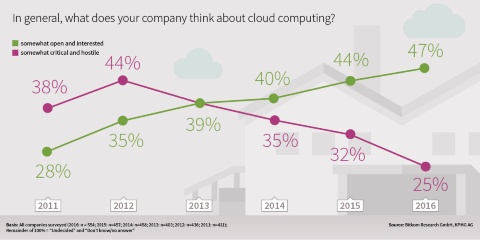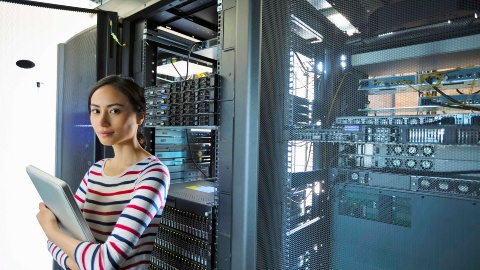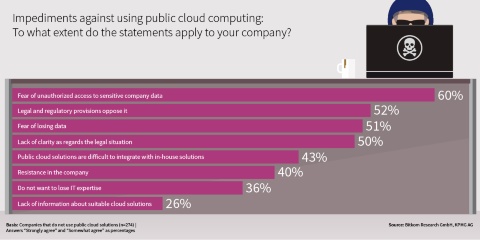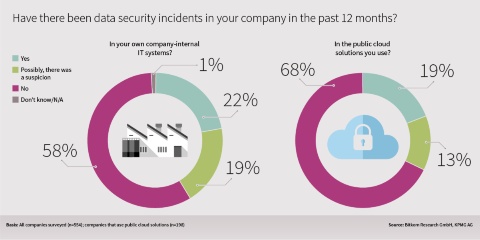The National Institute of Standards and Technology (NIST) in the United States has summarized the properties of cloud computing in five points. These also give an indication of when the cloud is an interesting model for commercial and private users:
On-demand self-service: Users order software, servers, or other services on their own, based on the self-service principle. This is done via an Internet portal.
Resource pooling: Users share the systems and services in a cloud data center. In other words, in addition to the other customers, every user gets a part of a server, a database, or a storage system. This is possible due to a technology called virtualization. Of course, the individual areas of the customers are strictly separated from each other.
Rapid elasticity: Cloud services automatically adjust to the users' needs. For example, they can order more servers or more powerful servers or book additional Office licenses. This on-demand model allows the IT environment to adapt to the actual needs without users having to install IT systems in their own home.
Pay only for what you use: Cloud computing services are known as measured services. The service provider can check in detail what services and capacities customers have used and bill them accordingly. This is why cloud service providers offer billing on an hourly or minute basis.
Broad network access: Cloud services are accessible via normal, open networks, preferably the Internet. In other words, users don’t need any special tools.












